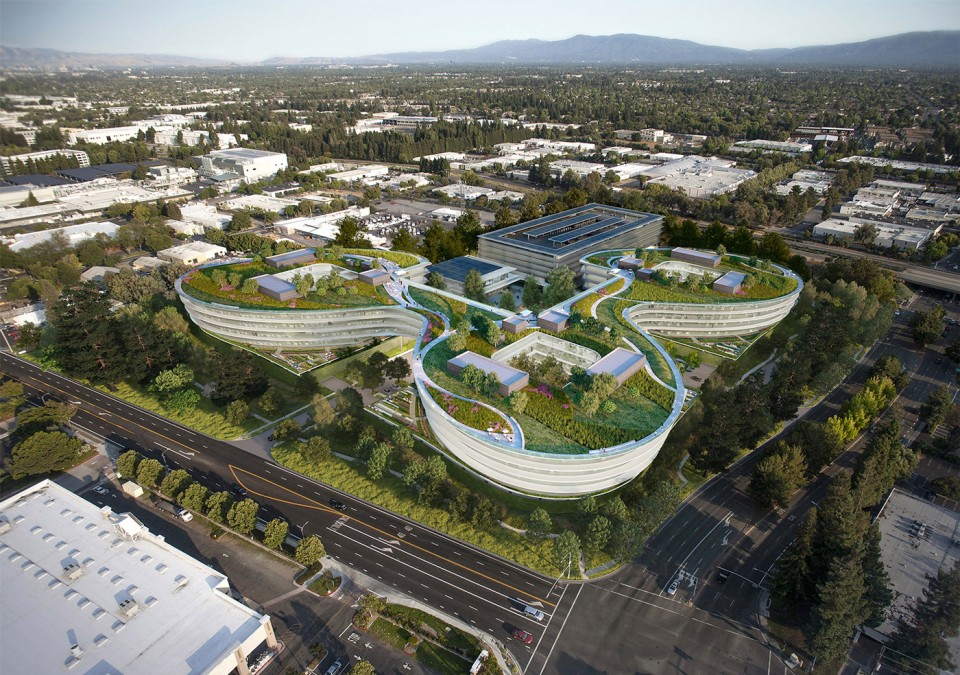Alexis Karolides
What if Buildings and Companies Enhanced Ecosystems?
On 13, Apr 2015 | In PEI Blog | By Alexis
By Alexis Karolides
What if building codes actually required new projects to enhance a certain number of ecosystem services — such as sequestering carbon, building topsoil, enhancing pollination, increasing biodiversity or purifying water and air?
Is it possible that a city could be functionally indistinguishable from the wild landscape around it? And what if companies ultimately built factories that truly enhanced ecosystem services?
These were the big questions that biologist and biomimicry expert Janine Benyus posed during her keynote presentation at the recent International Living Future Institute’s 2015 unConference in Seattle.
To help unlock the potential answers to such questions, Benyus introduced the phrase, “the adjacent possible,” or the evolutionary process that causes species to adapt to changes while allowing adjacent evolutions to become possible.
“Don’t try to figure out what you did today, but what you made possible today,” Benyus said.
That high-level guidance followed a more concrete example of the potential to bridge urban design projects and ecosystem services: Sarah Bergmann’s description of creating the Pollinator Pathway, a plan to strengthen and reconnect fragmented landscapes, merging ecology, design and planning.
The first project, Pollinator Pathway One in Seattle, connects two distant units of landscape with new native ecosystems, boosting pollinators in the “connector gardens” from four species to over 1000 species. Importantly, the project also encouraged communities in-between to begin a conversation about bigger scale issues.
This project “made the adjacent possible” by connecting a fragmented landscape in the city, re-introducing pollinator species and involving people in creating and witnessing ecosystems in action.
A new design mentality
Imagine the unexpected benefits of providing nature in the city where the “nature deficit” is a silent but insidious drain on all of our well-being, and children’s well-being in particular.
Benyus referred to a University of California, Berkeley, study where students recorded their emotions throughout the day. The study found those students who felt “awe” more than three times a day had healthier levels of inflammatory proteins. (Unhealthy levels are correlated to autoimmune diseases and depression).
Nature is inherently awe-inspiring: soaring redwood forests, cascading waterfalls, emerald green hills after spring rains. But we can also be inspired by other people, and this, too, can make the adjacent possible.
Think of Interface carpet founder Ray Anderson reading Paul Hawken’s book, The Ecology of Commerce, and then transforming his company to become a global leader in sustainability.
But how do those of us honing green designs make “the adjacent” possible? How can our building projects, cities, and companies provide “positive externalities,” or side benefits?
Amory Lovins likes to say, “We know it’s possible, because it exists.” But sometimes people need to really be introduced to what is possible.
In considering these larger questions, I thought back on one example from my days at Rocky Mountain Institute, when I brought my current colleague at Point Energy Innovations, green buildings engineer Peter Rumsey (then leader of Rumsey Engineers), to a data center design charrette for EDS.
EDS had a capacity problem and was planning to invest huge assets in building new data centers, while existing data centers were gulping energy. We knew that retrofitting the fleet of existing data centers would be the big energy-savings “prize,” but the company wasn’t paying attention until we showed them what was possible in the design for a new data center they had planned for Wynyard, England.
Our design concept could function without chillers, making use of the favorable climate in Great Britain, with a combination of huge intake of outside air and cooling towers when needed.
When EDS saw that energy-slashing design, they hired us to create a global environmental strategy to retrofit the entire fleet of data centers and office buildings, which, it turned out, would save enough capacity to eliminate the imminent need to build all the new data centers.
Coincidentally, Hewlett-Packard acquired EDS at this time and we weren’t involved in implementing the strategy. Still, years later, former EDS client Dale Hoenshell told me that our design process had “changed the mentality of the whole company.”
Hewlett-Packard absorbed the new thinking and celebrated the stunning efficiency of the new Wynyard Data Center. They changed their industry status from a company targeted by environmentalists to a green leader.
Perhaps this, too, exemplifies what Benyus meant with the evolutionary metaphor; it took a sequence of design steps, engagement, inspiration and the hard work of people who followed through and carried the torch. But all of that made the “adjacent possible.”
This blog post originally appeared in GreenBiz.
Can a Free Market Multi-Story Spec Office Building Be Energy Positive?
On 25, Mar 2015 | In PEI Blog | By Larry

Why, yes, it can!
Join Alexis Karolides, our Sustainability Practice Leader and Principal Architect at the Living Future unConference and she’ll tell you how.
Point Energy and Landbank recently evaluated options for achieving “net zero” at a proposed 777,000 SF development, which would be the largest yet. Alexis Karolides, Principal, Point Energy and Scott Jacobs, CEO, Landbank Investments, LLC will present real challenges faced by “even the greenest” developers. They’ll present each option’s pros, cons, costs, “greenness,” and newness relative to current buildings. Participants will assess & select best options & discuss how to address market barriers, and how society, our laws, and the marketplace, can signal us to make the right choices.
Friday April 3, 2015 2:30 PM, Seattle Sheraton (Cedar Room)
Alexis Karolides
Point Energy Innovations
 Principal Architect
Principal Architect
Alexis is Principal Architect at Point Energy Innovations, providing smart building envelope and mechanical system design to get to net zero, cost-effectively. For the previous 15 years at Rocky Mountain Institute (RMI) she led programs including the Superefficient Housing Initiative, focusing on healthy, affordable housing, and Green Development Services, working with real estate developers, and institutional & commercial clients to foster greener buildings, communities and industries. Ms. Karolides serves on the Board of Passive House Alliance US and previously served on the AIA Committee on the Environment and the National Academy of Sciences Roundtable on Environmental Health.
Scott Jacobs
 Landbank
Landbank
CEO
Scott is the CEO of Landbank, a third generation, family-owned commercial real estate development company. Landbank has acquired, developed, leased, managed, and provided over four million square feet of office/R&D space to leading technology companies in the San Francisco Bay Area. Scott’s current focus is developing user-centric environments that are thoughtful, sustainable, amenity rich, transit served, and future ready — extraordinary places that create opportunities for extraordinary experiences.


